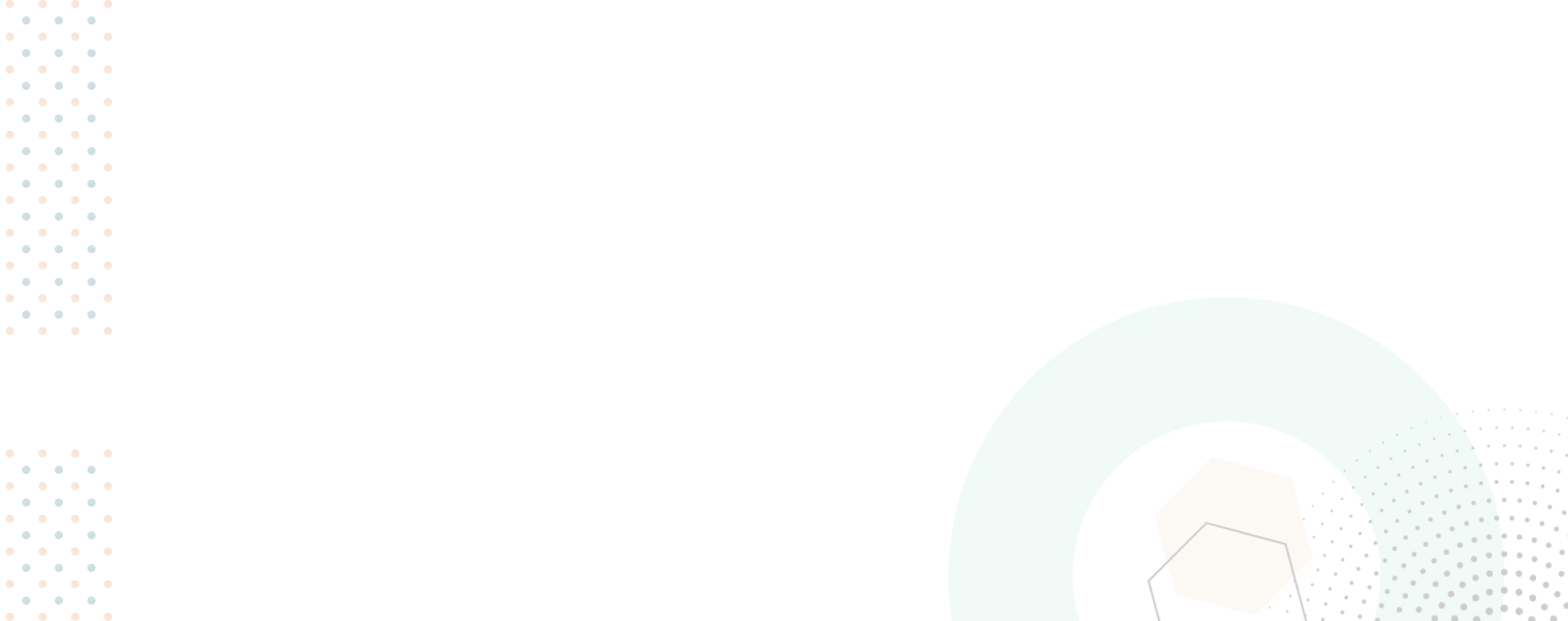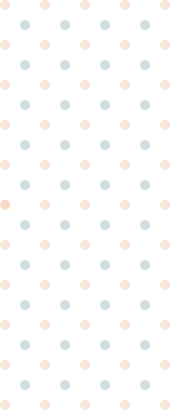Advantages of Using Statistics
Using these statistics can be very useful because they provide you with an overview of the frequency with which combinations repeat. This way, you can better understand the patterns and probabilities in the Euromillions game and make more informed decisions.
Disadvantages of Statistics:
Occasionally, various fluctuations appear in the Euromillions draws. For example, some combinations appear unexpectedly soon, while other combinations should have been drawn after hundreds of draws. Some combinations repeat more often than others.
In conclusion, although statistics can slightly increase your chances of winning, it is always important to remember that Euromillions is a game of chance and luck plays a key role. Use statistics as a tool for making informed decisions, but don't forget to enjoy the game and have fun.
Summary
As the author of this application, I would like to say a few words in conclusion. When I was programming the statistical functions to generate these charts, I had no idea what interesting results would emerge and how much the charts would reveal. After the first generation of these charts, I was quite shocked.
I also want to declare that the data is not manipulated in any way to show better results. You can click through to the referenced draws to ensure everything is transparent and traceable.
You might now be wondering if I've ever won any interesting prize. The truth is, I have never won any notable prize in my life. I hope that my application brings you more luck than it has brought me so far.



